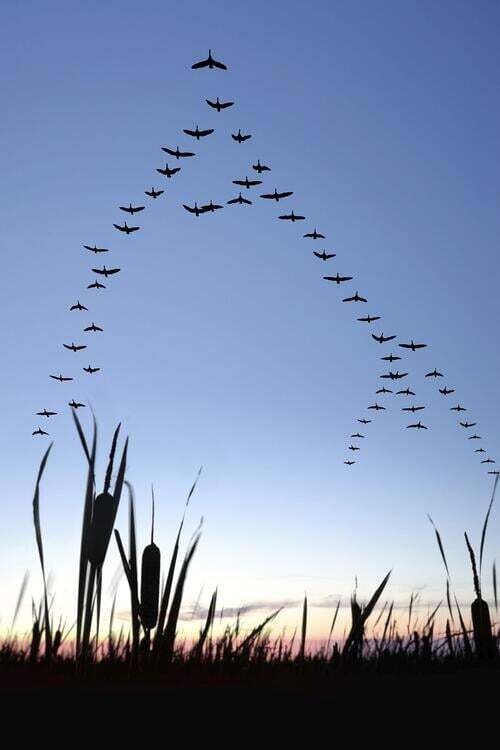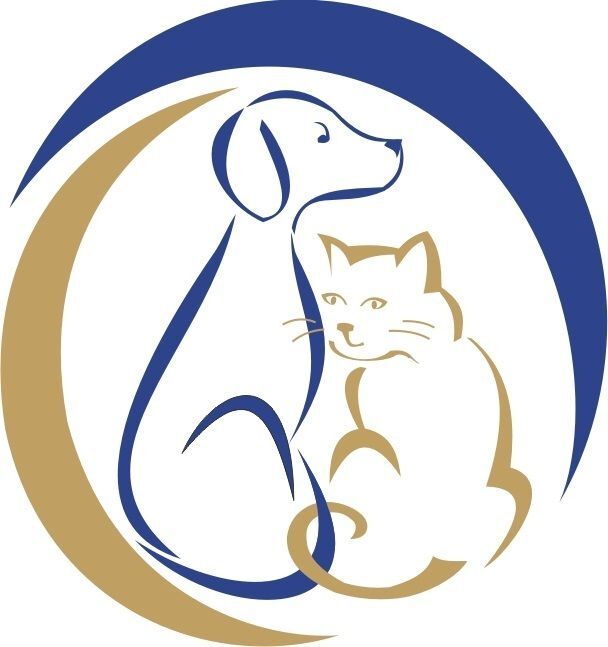
Autumn is officially here and that means shorter days, cooler weather, leaves turning from green to gorgeous yellows, oranges, reds and brown as well as a number of animals getting ready for winter. Here is a look at some of them:
Owls – Owls are primarily nocturnal hunters so you may not see them out and about during the day but you will hear them hoot as the sun goes down. They have very sensitive hearing to hunt at night and specialized eyesight to be able to see in the dark. They hunt small rodent-like animals including mice and voles but occasionally eat frogs, lizards, snakes, rabbits, skunks, squirrels, and other birds.
Deer – Deer get ready for winter during the autumn months by insulating their bodies for the colder months. They will gradually lose their summer coats for the thicker, longer, and darker hairs while growing a thicker undercoat. They will often times sleep during the warmer hours of the day when the sun is out and use the dawn and dusk hours to move from place to place. If we drive during these hours, we need to keep a watchful eye on the road so we can avoid hitting them.
Hedgehogs – Hedgehogs will usually hibernate from October to March so they use the early autumn months to eat soft fruit and other food to get ready for a long sleep. They can roam up to 2-4 kilometers in a night to search for food. Their spiny coats become sharper and longer as they age in order to protect them from other animals.
Geese – Geese will migrate south for the colder months of the North, East and Midwest areas. You will see them flying in a distinctive V shaped formation at up to 3,000 feet above land. They will find resting or staging areas along their route during September up to early November.
Fox – Foxes often start growing warmer coats to prepare for the winter months and some species can even turn from a grey or brown coat to a white coat to help camouflage themselves from other predators in the snow. They use their long, busy tails to cover their face, nose and ears to keep warm during the colder months.
Skunk – Skunks are often more active in the autumn months than many other animals. They will build their dens and stay in there but are awake in the winter months. You will smell them more during these months as they use their spray to protect themselves from predators looking to gorge and get ready for hibernation.
Mice – Mice tend to be more active in the autumn months and seen more often in and around your home because the fields where they live during the summer are being harvested so they escape to shelter. Your homes will provide them with food and shelter so be sure to cover any access points for them to get in.
There are many great things about autumn and seeing these animals is surely one of the most exciting of the season. Enjoy the wonderful sights but be sure to be careful as well.
First Published in Beatrice Daily Sun: https://beatricedailysun.com/opinion/animals-of-autumn/article_ece0b607-38bf-523b-a1ca-620dbad82526.html





